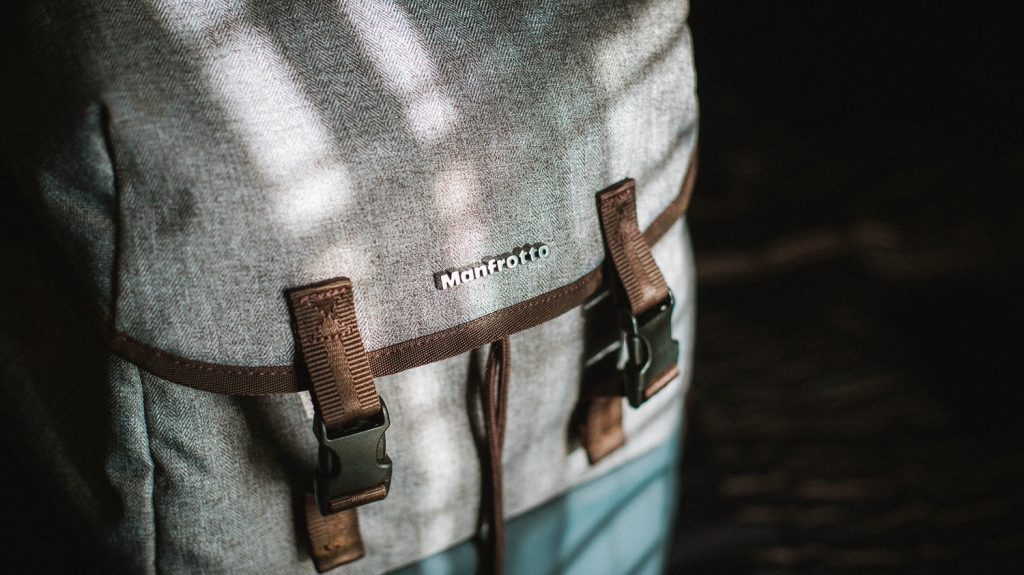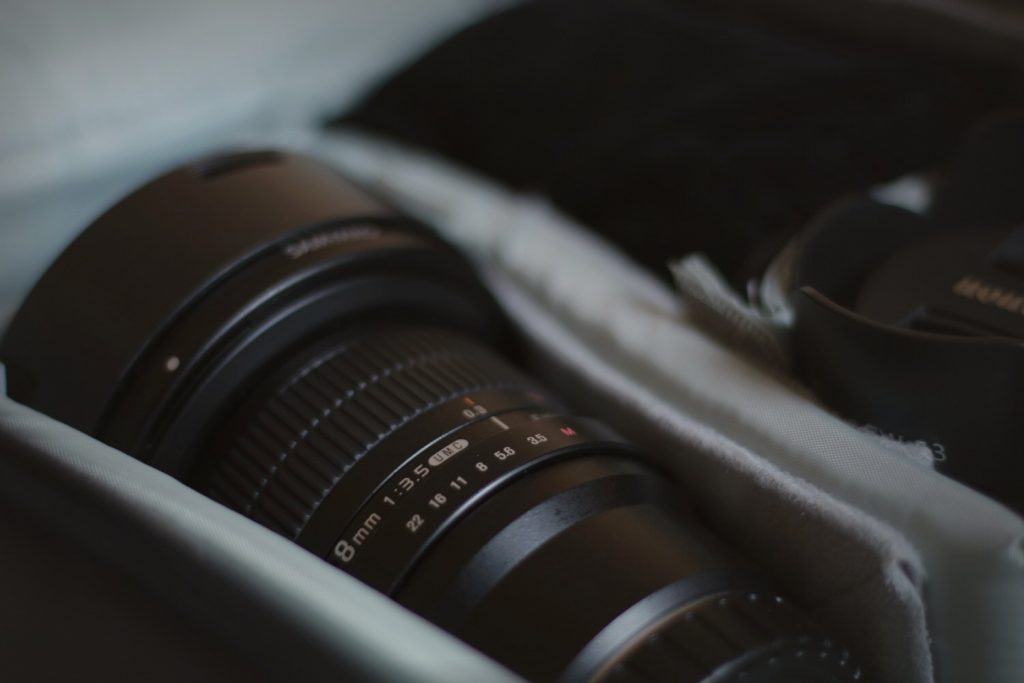Why you should travel with a light camera bag
Matthew James Oxlade
It’s tempting to take all your photography equipment with you every time you leave your house. After all, how do you know what you’re going to shoot? Insects need a macro lens, leaves need a zoom. Portraits need a prime lens, some need a flash. Or do they? Here are my photography tips for travelling with a light camera bag.
Reasons to keep your camera bag light
Anticipate your subject
When I first started with photography, I didn’t have a clear idea of what type of photography I wanted to do. Not only did this make it hard for when I was shopping for new gear, it made my camera bag unnecessarily heavy. I was heading out into the unknown to do some street photography without knowing what that exactly meant. I was looking at inspiration work and seeing that street photography could mean many things.
So I packed for everything. I took my DSLR, a zoom lens, prime lenses, macro lens, flash kit, flash arm, extension tubes and some diffusers. I wasn’t even sure if digital was what I wanted, so I took along a film camera as well. After my exploration had finished, I had photos of alleyways, which I was happy with, but I had no macro work, no portraits and no film shots. Once I got home, my shoulders ached and I realised that all I needed was my DSLR and zoom lens. I didn’t even need a backpack!

Save yourself time
If you do take the challenge of taking all your gear along for the ride, be prepared for some lengthy gear swapping. Switching from a DSLR to a film body can be quite time consuming in itself.
Let’s say you see a crow sitting beside a half eaten burger. Sure, crows are boring and you’ll wish you had that burger yourself, but this is just an example. First you find a safe area to place your camera down, then you take your ideal lens out of the bag, because the one currently equipped wasn’t suitable.
Once you have unzipped your bag, pulled out the ideal lens, you’ll unscrew the unsuitable lens from your camera body and do the same with the cap on the ideal lens. Then you have to screw the ideal lens into the camera body and do the same for the cap on the newly detached lens. Then you put the lens back in your backpack, zip it up and put the bag back on your back. You put the camera up to your eye and compose the shot of an empty street. In the time you took to prepare for the shot, the crow had taken that burger and is in a food coma somewhere far away.
Life moves quickly, and photographers must, too. The less swapping between gear, the more chance of getting the photo you want. By anticipating your gear or starting out with a flexible setup will allow you to save yourself time later on without compromising your composition.
Use your environment
The secret to avoiding back problems later on in life is to pack lightly, but the only way you’ll get great photographs without preparing for any and every situation is by using your environment to your advantage.
I’m not suggesting you hide behind palm fronds to sneak up on your subject. I’m talking about using natural light to your advantage and being aware of what is inside your final frame after your cropping is done. You could carry a folded up reflector to bounce some light off onto the darker side of your subject, or you could align the subject with a light wall to bounce the light naturally. Pay attention to what is likely to remain inside the composed frame once you crop the image back. Think about whether you can remove unwanted lines and objects easily, or if you need to move to a different angle or location.

Ready to pack your camera bag?
No matter what you achieved with a lightweight camera bag, you’ll wish you took the unknown piece of gear, except you’ll know what the unknown is afterwards. But what you achieved taught you more than if you had that piece of gear with you, so imagine your potential for next time with your newfound knowledge paired with that single piece of gear. Unstoppable!